“Of all the droughts I have experienced in my life, this is the worst. There is no water or pasture anywhere you go. I don’t know how we are going to survive.” Ms. Barkhado, 60, is among millions of people in Ethiopia who have been displaced by the region’s worst drought in four decades. The last three rainy seasons failed one after the other, blighting the lives and livelihoods of nearly 8 million people and pushing eastern and southern areas of the country to the brink of famine. More than 286,000 people have been forced from their homes in search of survival as crops, livestock and the hope of putting food on the table are all wiped out.
Date
Feature slide
Slide text
Deka Soane, 13, had to drop out of school to support her family. Every day she walks hours from home to fetch a few gallons of salty water. When boreholes run dry, it is usually women and children who are tasked with seeking water for the household, putting them at greater risk of gender-based violence as they trek for miles, often exhausted and unaccompanied. With more than 1,115 schools in the region either fully or partially closed, girls are increasingly forced into child labour and early marriage as their parents search for ways to make ends meet.
Photo credit
© UNFPA Ethiopia/Paula Seijo
Text orientation
Left


Slide text
The main source of food and income for affected communities, nearly 1.5 million livestock have perished as wells dry up and crops fail. A makeshift camp is sheltering 800 displaced families in the village of Gabi’as, one of the worst-hit areas of the Somali region: Women and girls on the move are at heightened risk of sexual and physical violence and coercion, and child and forced marriage spike during humanitarian crises as households lose their means of earning a living and protection mechanisms dwindle.
Photo credit
© UNFPA Ethiopia/Paula Seijo
Text orientation
Left
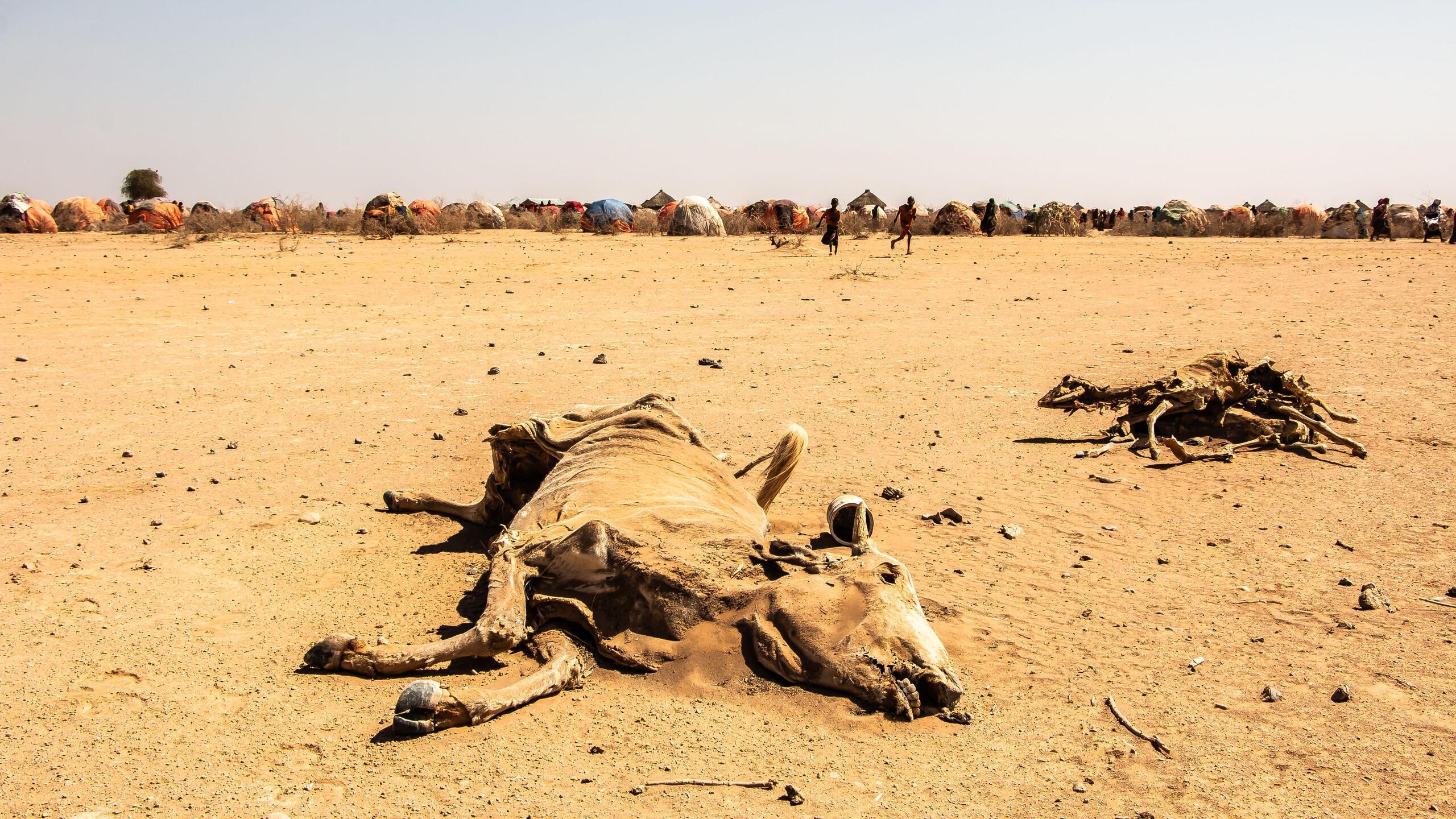
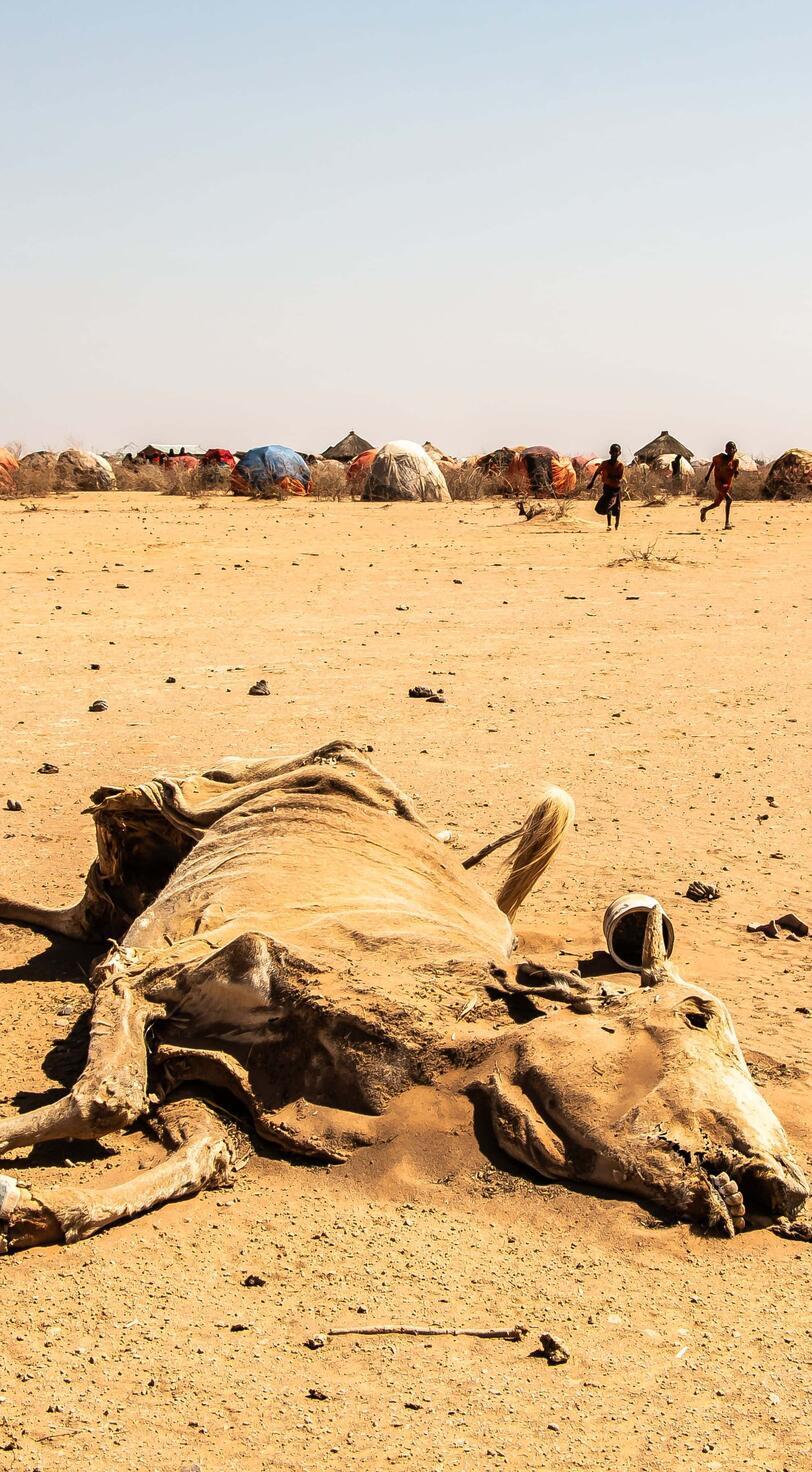
Slide text
In the Somali region alone, some 930,000 people need emergency and reproductive health support and more than 565,000 people have reduced access to protection services, including women, children and survivors of gender-based violence. Prior to the outbreak of conflict, Ethiopia was making good progress on maternal and newborn health, but this is in danger of being derailed.
Photo credit
© UNFPA Ethiopia/Paula Seijo
Text orientation
Left
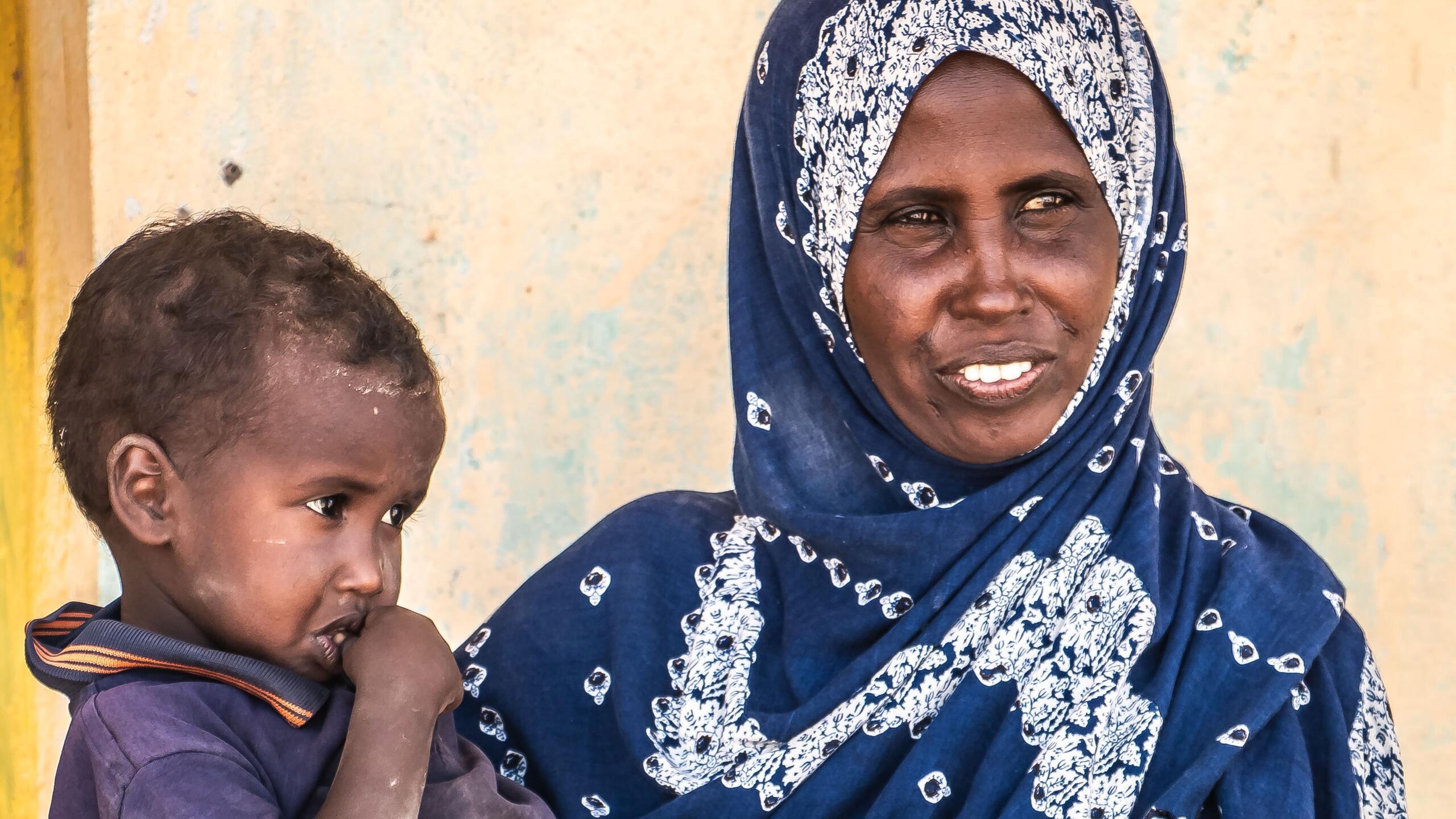

Slide text
Climate shocks and extreme weather are fuelling mass displacement and driving up humanitarian needs across the Horn of Africa, with struggling health systems buckling under the pressure. Dr. Mahamed Sheh, Medical Director of Ethiopia’s Gode General Hospital, explained, “We noticed an increase in maternal and newborn deaths in the last months. Almost all our cases are women who have travelled up to 200 kilometres to reach the facility, many with labour complications and no transport.”
Photo credit
© UNFPA Ethiopia/Paula Seijo
Text orientation
Right
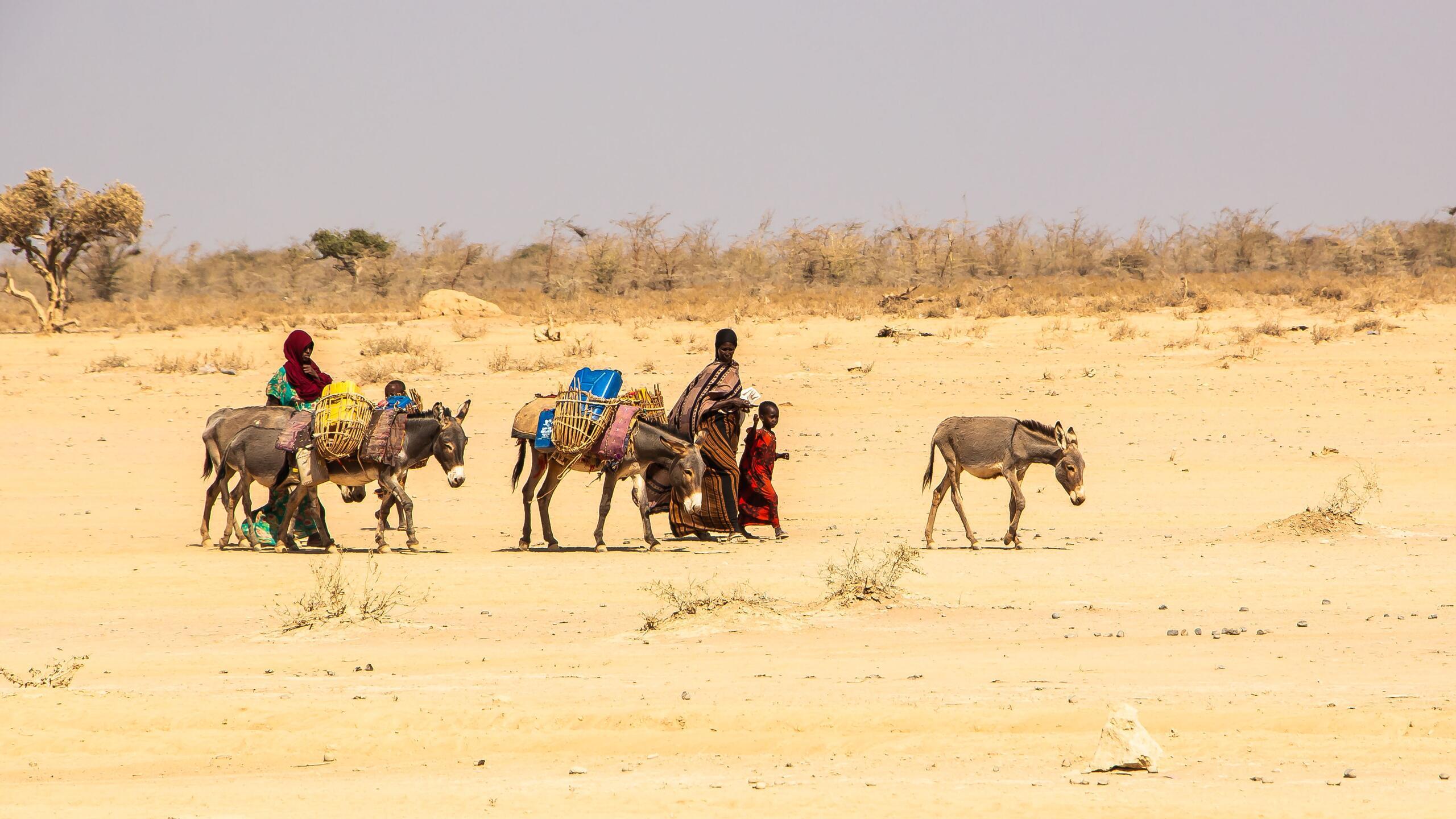

Slide text
Akib Dahir, 27, arrived at the Gabi’as displacement camp with her eight children, after losing 180 goats and 15 camels to the drought. Her husband spends hours in the baking heat on an increasingly desperate hunt for pasture and water to keep their few remaining animals alive. “We are trying to save all we have,” she said. “The animals are almost worthless in the market. We can’t even feed our children.”
Photo credit
© UNFPA Ethiopia/Paula Seijo
Text orientation
Right
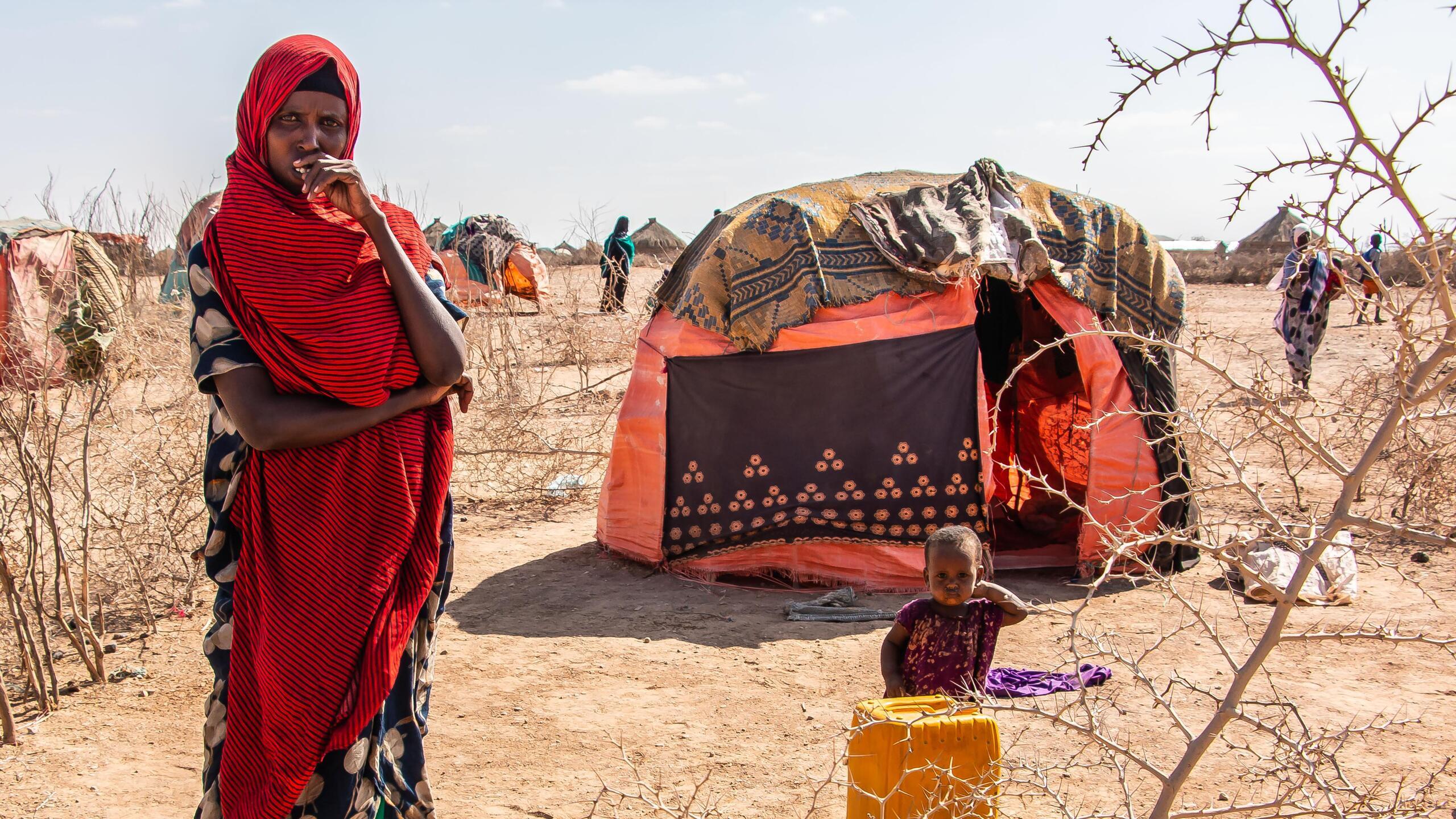

Slide text
Farhan Abdulahi has been blind since she was 10 years old. Now 20, she lives with her sister at the Gabi’as camp, with scarce access to medication or health care. “I have not received any assistance and rely on my sister to move around or get food,” Ms. Abdulahi said. Highly vulnerable to isolation and prejudice, children with disabilities globally are up to three times more likely to suffer physical, sexual and emotional violence.
Photo credit
© UNFPA Ethiopia/Paula Seijo
Text orientation
Left
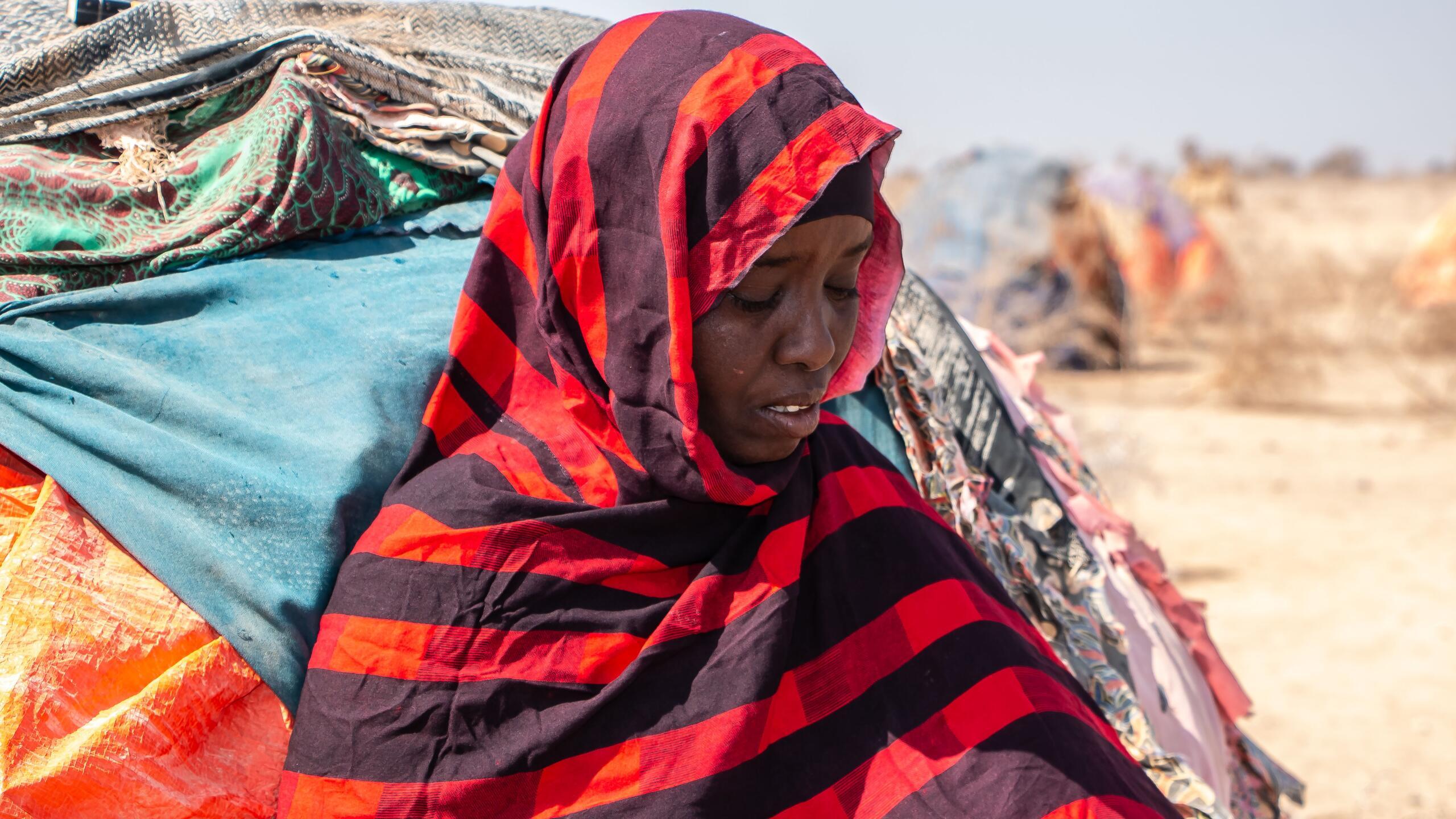
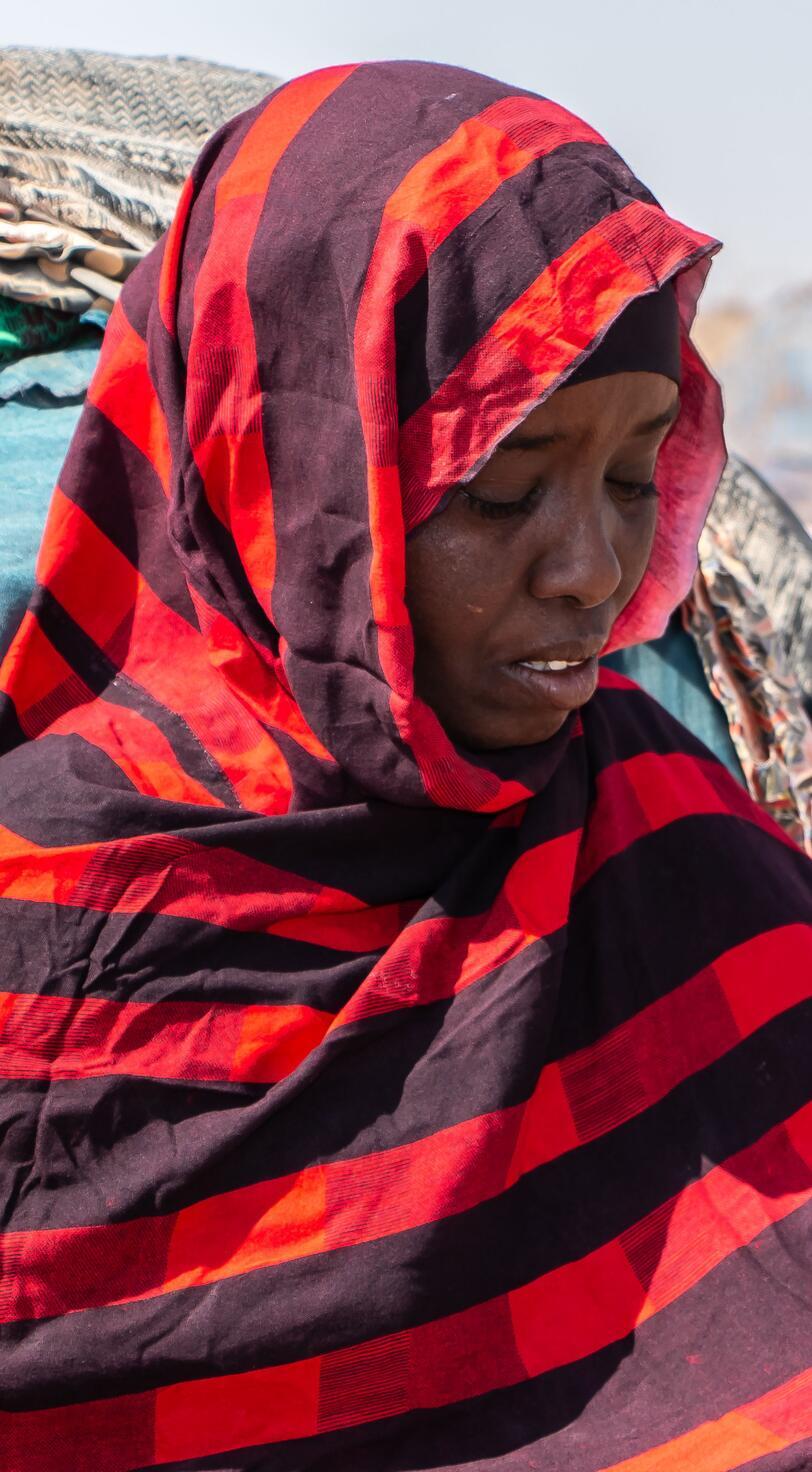
Slide text
Saveye Aden, 29, is helped by other women in the community to build a buul – a traditional Somali tent made with bush materials and fabric – to spend the night with her eight children. The family fled across the mountains from Gode to Baraka and have settled close to the road in the hope of flagging down passing assistance: “We have never seen anything like this... If no help arrives, I don’t think we will survive this drought.”
Photo credit
© UNFPA Ethiopia/Paula Seijo
Text orientation
Right
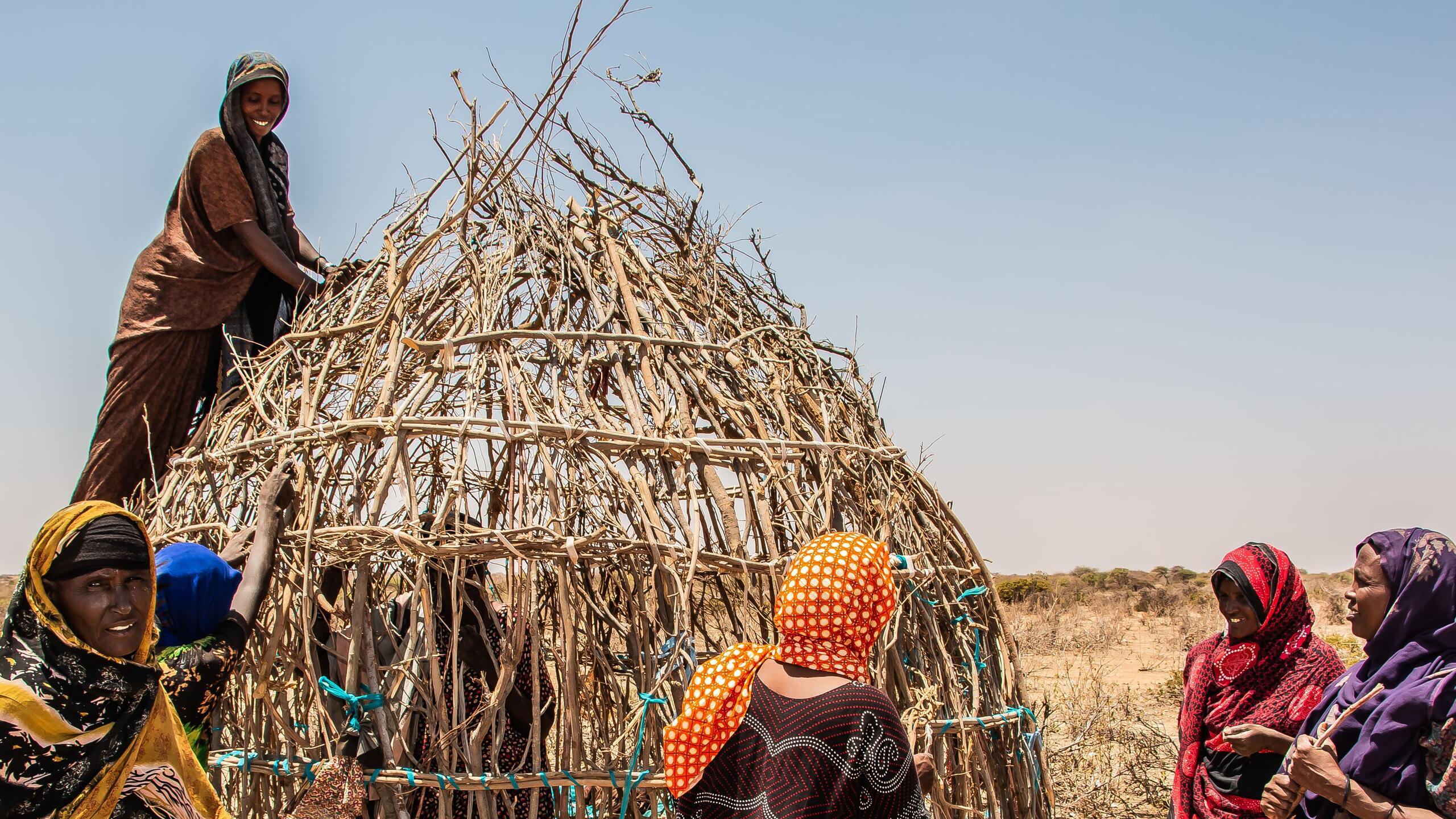
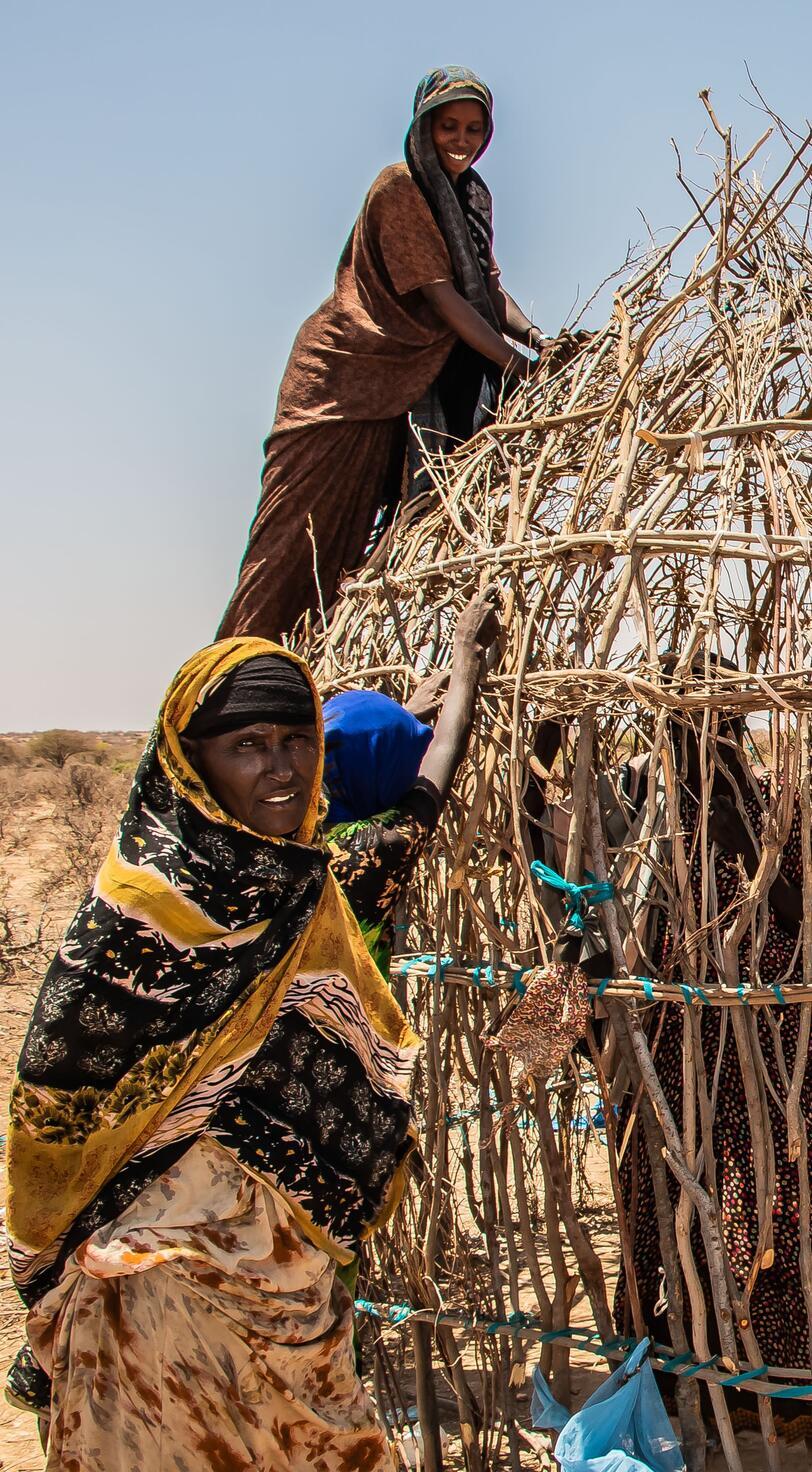
Slide text
Sahan Mohammed, 70, fled from the village of Sodonkaal with her son to the nearest camp. “He brought me here because I am vulnerable and I need care,” she told UNFPA. She waits alone for him in their tent until sunset every night. “I only pray for the rain to come. I want to go back to our home and our pastoral lives.” With fewer protection mechanisms or support services available, the elderly and people with disabilities are often more exposed to sexual and physical abuse in displacement and crisis settings.
Photo credit
© UNFPA Ethiopia/Paula Seijo
Text orientation
Right
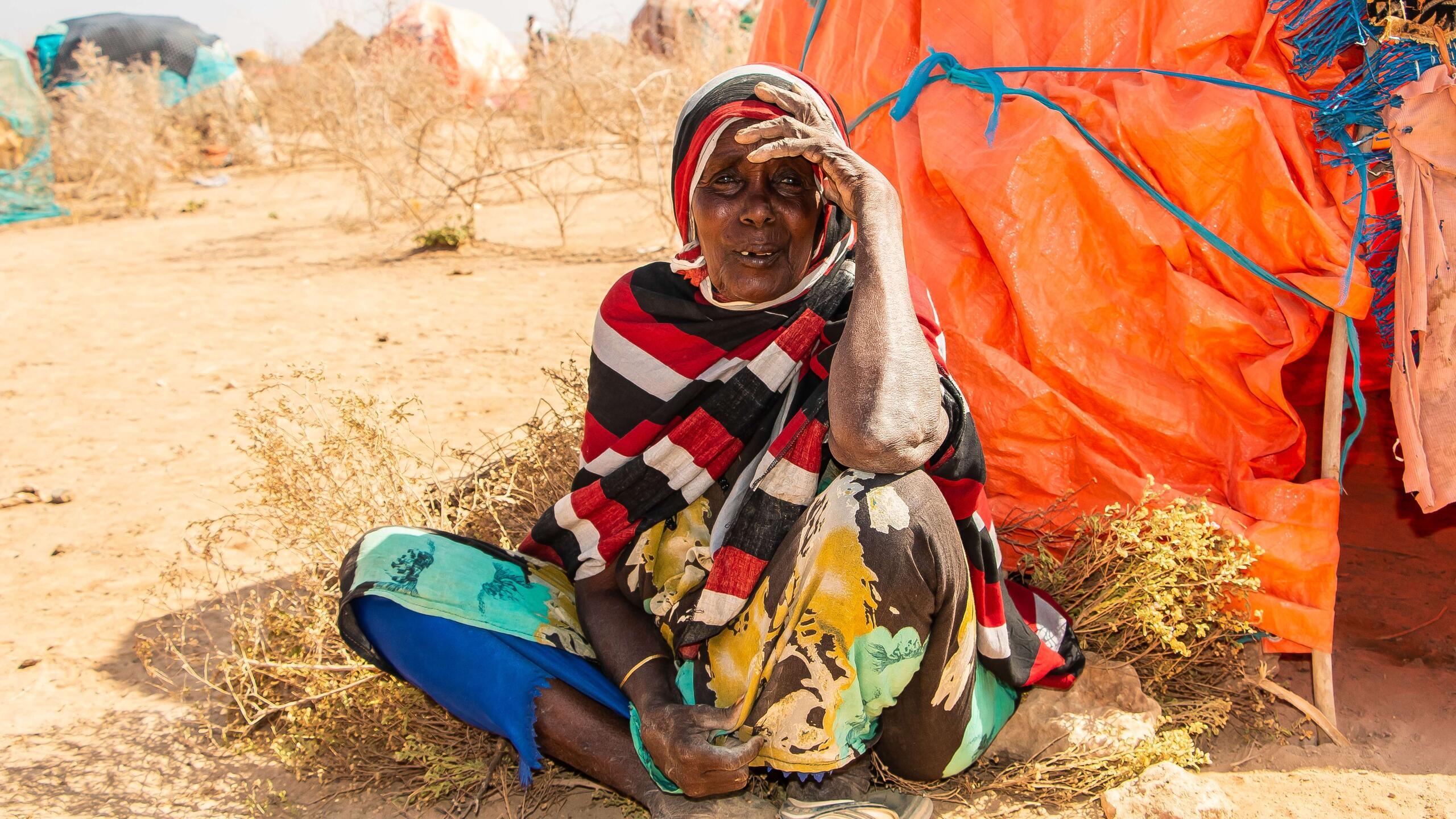
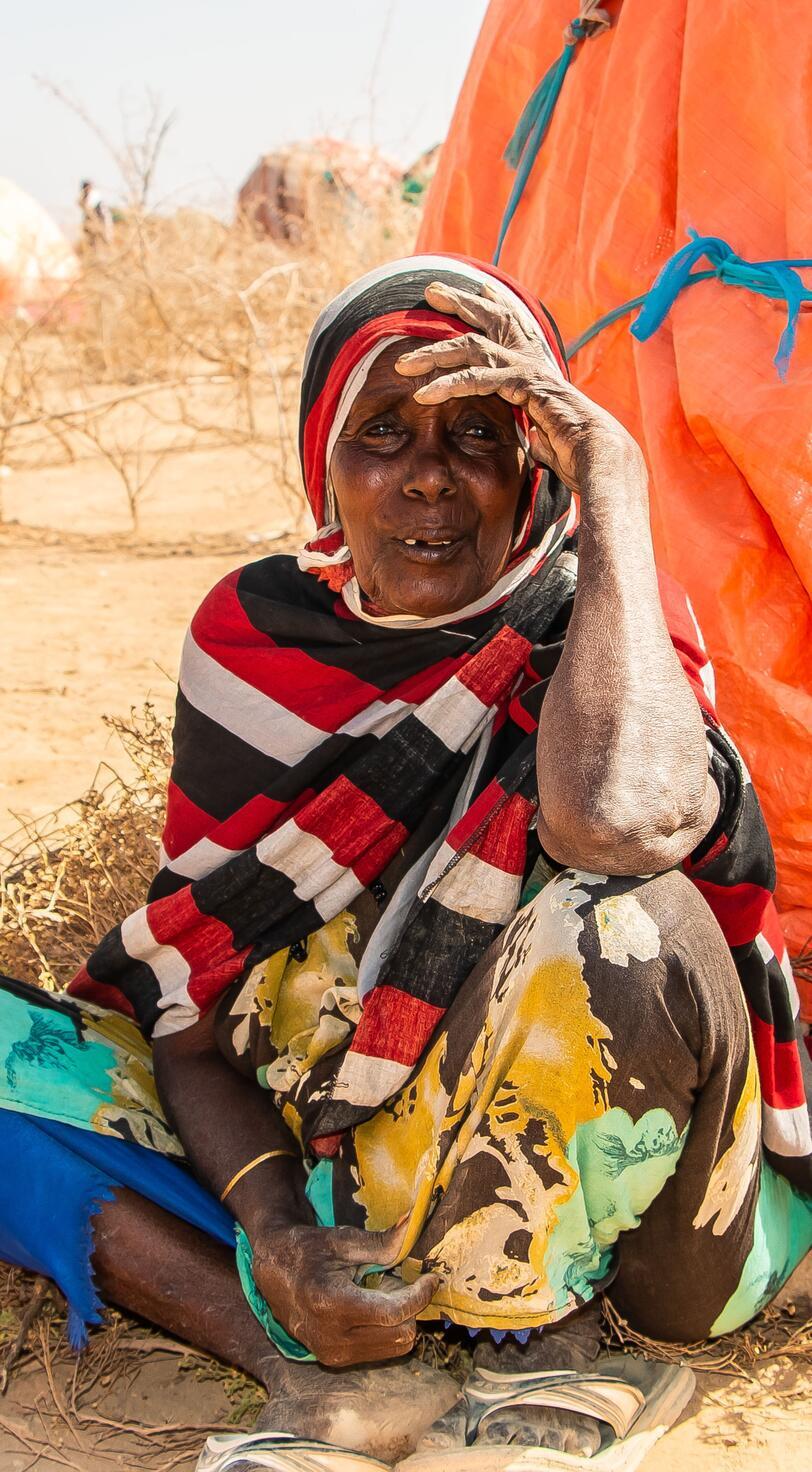
Slide text
“Services for women and children are very limited: We mainly provide iron supplements, immunization and referrals to the nearest health centre,” explained Abdulahi Kaad, who works at the displacement camp’s health post. New and expecting mothers frequently travel long distances over hazardous roads before finding any maternal or reproductive care: More than 60 per cent of those living in the Somali region are at least an hour’s walk from the nearest health facility – which may or may not be functioning if they do manage to reach it.
Photo credit
© UNFPA Ethiopia/Paula Seijo
Text orientation
Left


Slide text
Ayan Abadi, 24, had a life-saving caesarean operation while living in a settlement near Gode. She said, “When I saw my baby’s hand coming out, I ran for our lives. We travelled nearly 90 kilometres to the nearest health facility… We are both lucky to be alive.” With the support of Irish Aid, UNFPA is scaling up its response in the region with a package of essential services. Mobile health units will also be deployed to some of the hardest-to-reach areas, and eight facilities in the drought-riven Shabelle and Erer zones will receive emergency supplies.
Photo credit
© UNFPA Ethiopia/Paula Seijo
Text orientation
Left
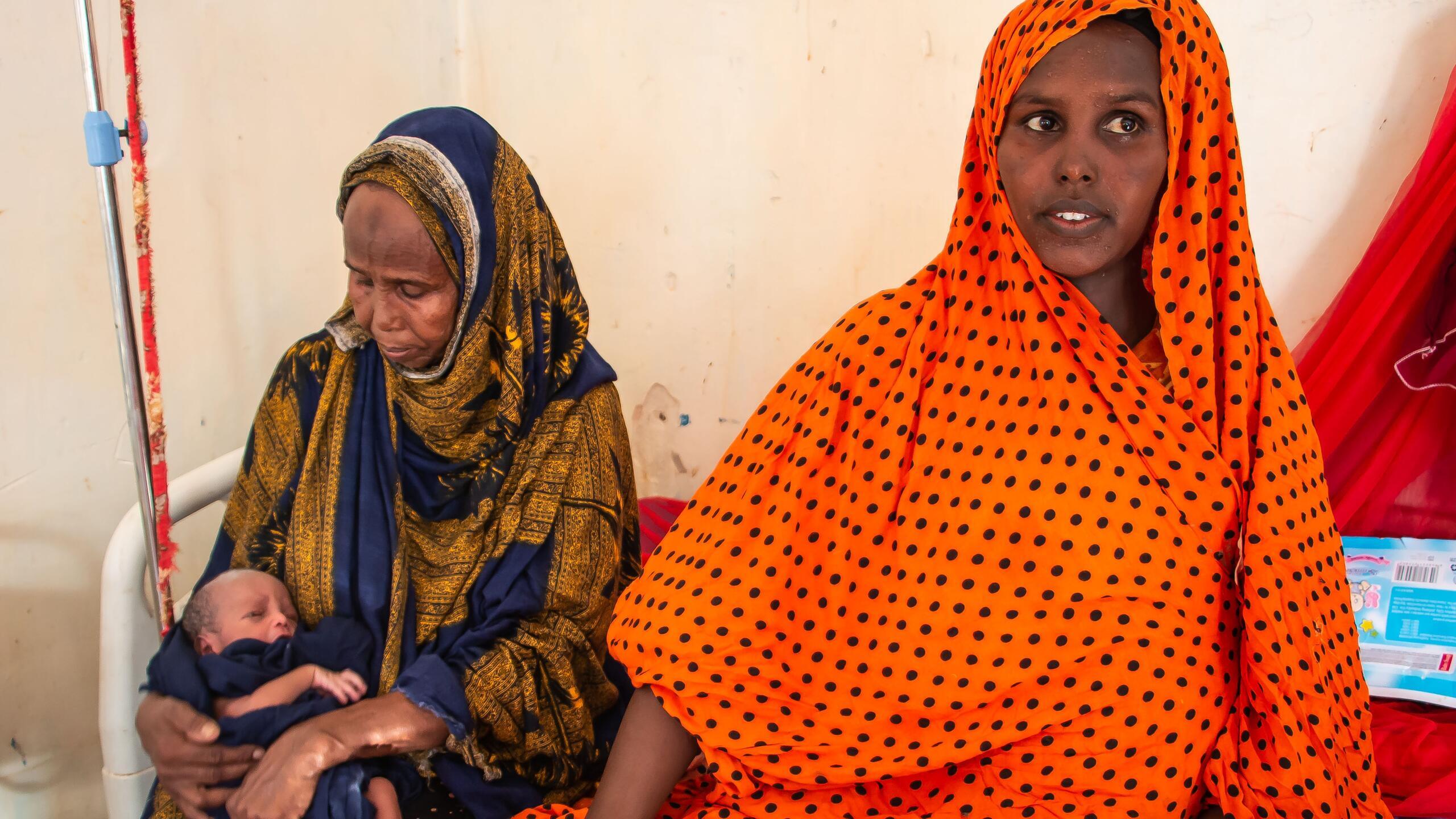
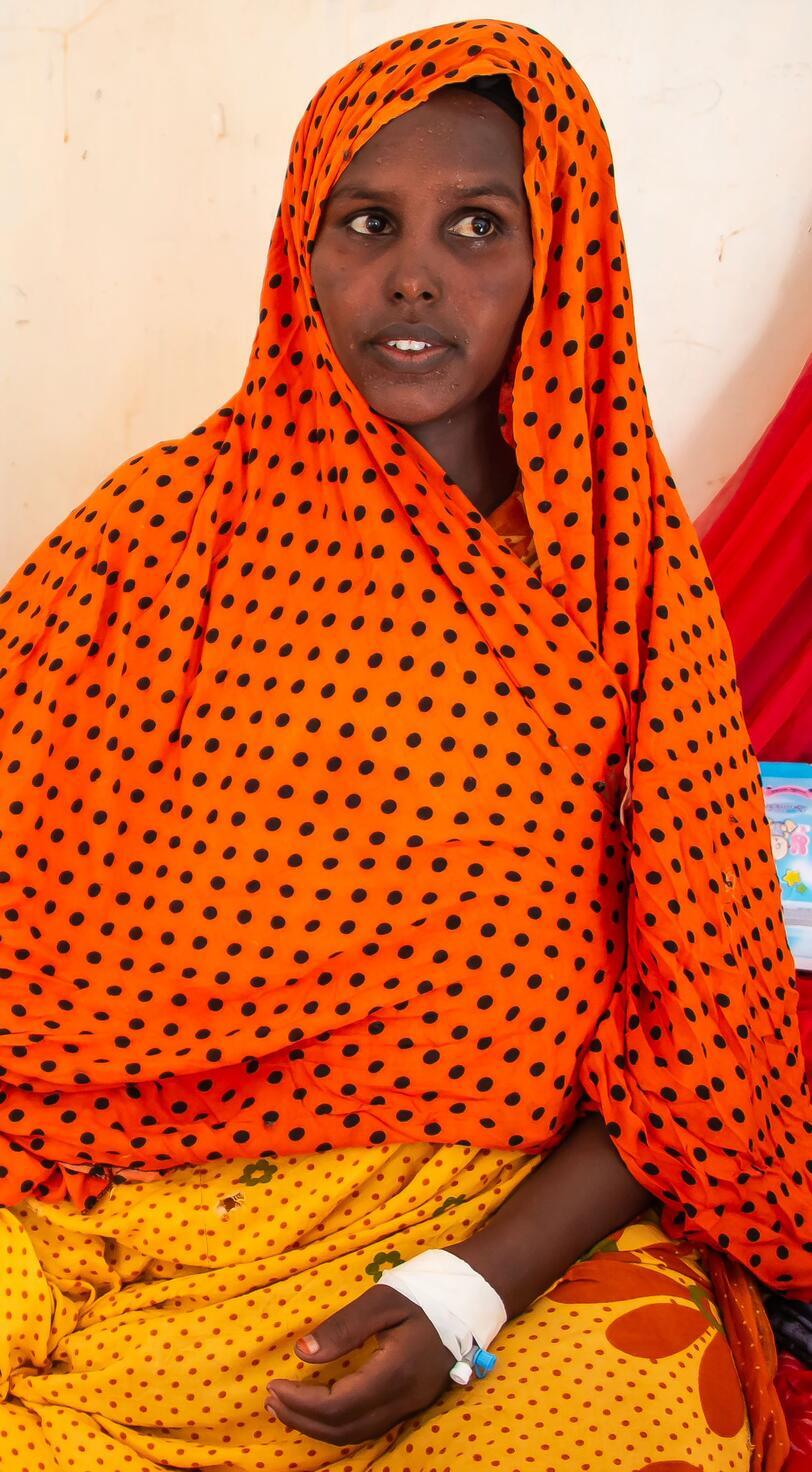
Slide text
Staff at the Hadawe health centre in the Shebele zone, where UNFPA is supporting those affected by the crisis by providing ambulances, reproductive health medicine, and dignity kits containing sanitary and hygiene items. Across the Somali region, five UNFPA-supported safe spaces and one-stop centres will also ensure comprehensive medical and psychosocial support for survivors of gender-based violence.
Photo credit
© UNFPA Ethiopia/Paula Seijo
Text orientation
Left

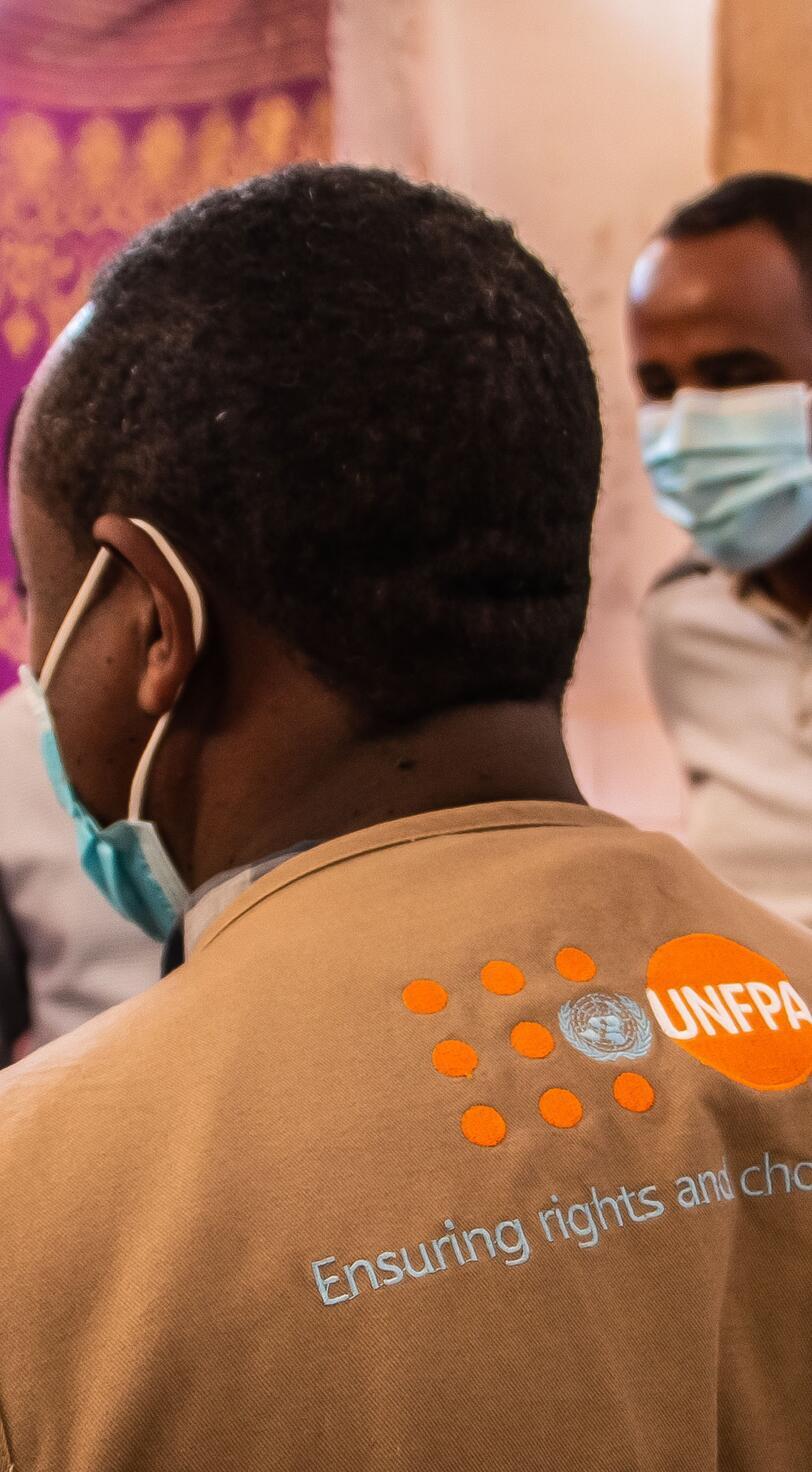
Slide text
More than 154,000 women are currently pregnant in the Somali region, and over the next month an estimated 2,560 women and 3,430 newborns will experience complications – with potentially deadly consequences if skilled care and services aren’t available.
The UNFPA 2022 Humanitarian Response Appeal for Ethiopia is calling for $30 million to strengthen the health system and build back the capacities of maternal and reproductive services in eight crisis-affected regions. To date, just over half of the appeal has been funded.
The UNFPA 2022 Humanitarian Response Appeal for Ethiopia is calling for $30 million to strengthen the health system and build back the capacities of maternal and reproductive services in eight crisis-affected regions. To date, just over half of the appeal has been funded.
Photo credit
© UNFPA Ethiopia/Paula Seijo
Text orientation
Right

Feature link
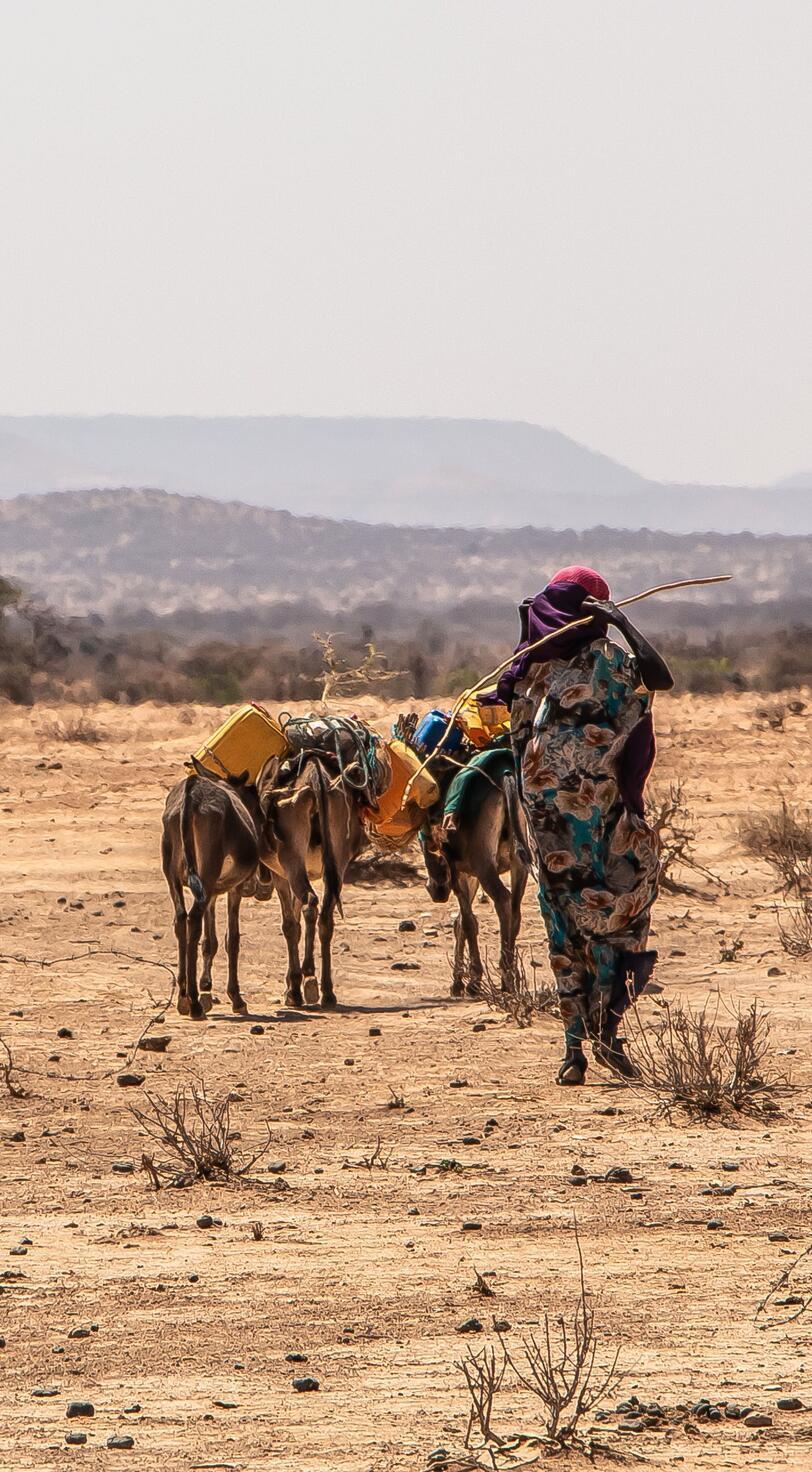
Show feature
No
Related tags

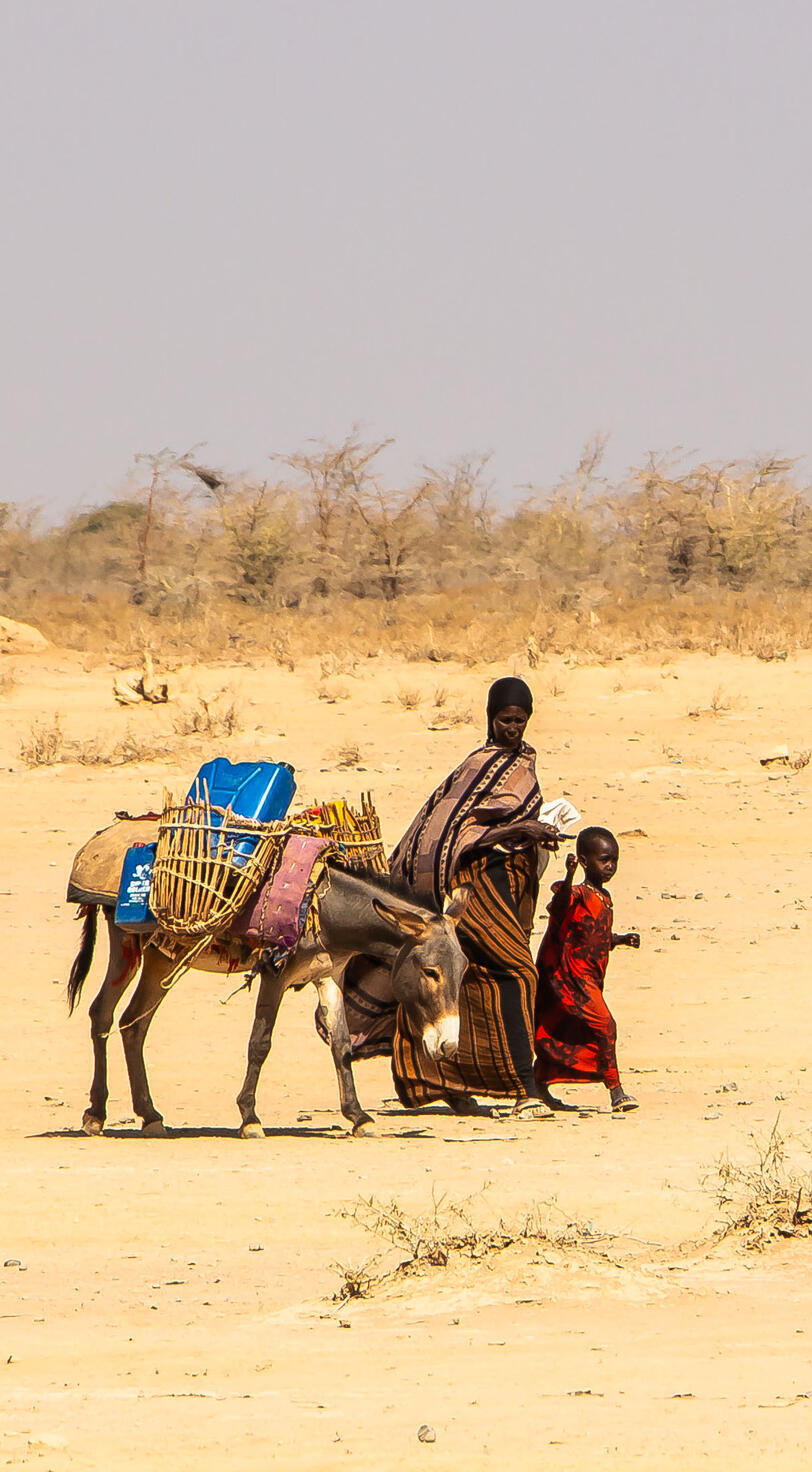
Photo credit
© UNFPA Ethiopia/Paula Seijo
Blurb
“Of all the droughts I have experienced in my life, this is the worst. There is no water or pasture anywhere you go. I don’t know how we are going to survive.”
Ms. Barkhado, 60, is among millions of people in Ethiopia who have been displaced by the region’s worst drought in four decades.
Ms. Barkhado, 60, is among millions of people in Ethiopia who have been displaced by the region’s worst drought in four decades.
Feature banner image
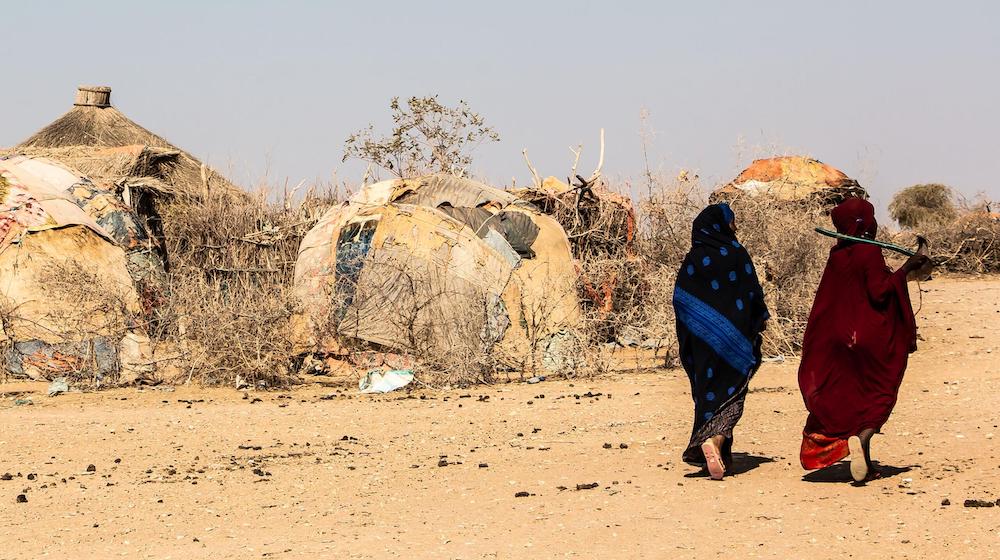
Workflow State
Published